The 10th Annual University of Houston (UH) Biomedical Engineering (BME) Day on Health Care Innovation and Entrepreneurship, co-sponsored by the IEEE Engineering in Medicine and Biology Society (EMBS), and technically co-sponsored by BioHouston Inc., was held on 28 April 2023 (Figure 1).
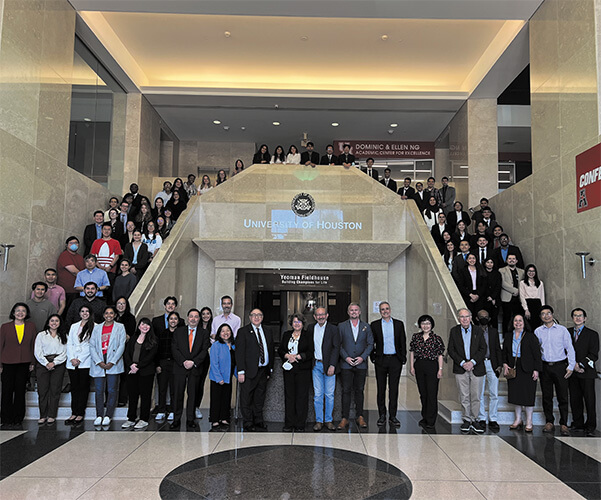
Figure 1. Participants gather for a group photo at the 10th Annual University of Houston BME Day on Health Care Innovation and Entrepreneurship, co-sponsored by the IEEE EMBS and technically co-sponsored by the BioHouston Inc., on 28 April 2023. (Photo courtesy of Yasemin M. Akay.)
At his opening remarks, Dr. Metin Akay, the founding chair and a John S. Dunn endowed chair, a professor of the UH BME Department, and the past president of IEEE EMBS, indicated that recent developments in engineering and technology fields have stimulated interdisciplinary research and collaborations among engineers, physicians, and biologists. We stand at the crossroads of these developments. He emphasized the importance of the cutting edge of research that synergizes engineering, industry, life sciences, and medicine and brings together the international BME community to solve the most compelling problems in health for humanity.
As the first BME keynote speaker, Dr. May Wang, a distinguished professor of BME, George Tech-Emory, presented the progresses, challenges, and opportunities in biomedical artificial intelligence (AI) and intelligent reality (IR). Furthermore, she added that “recent AI has some notable successes such as many AI algorithms have been approved by FDA for health care, and there are also many start-ups in AI for health care. In addition, the recent adoption speed of ChatGPT has exceeded all previous technology adoption. However, there are still major roadblocks and challenges.”
Wang added that “the main challenges are data quality and AI tools are hard to understand and hard to adopt by physicians.” Thus, two review articles to summarize the opportunities have been published in the IEEE Reviews in Biomedical Engineering. Dr. Wang also introduced another rapid technology development in AI: the metaverse-style IR, which is an integration of AI and extended reality (consisting of virtual reality and augmented reality). She stated, “IR has grown rapidly in health care because traditional medical services are disrupted in the COVID-19 pandemic due to quarantine and social distancing. As part of digital health technologies, IR revolutionizes health care with improved service accessibility and quality. Some biomedical areas that benefited from this fast-growing IR include diagnosis and treatment of mental health problems, rehabilitation, and medical training.” Finally, Dr. Wang shared the opportunities available for the young generation of biomedical engineers to join the force (Figure 2).
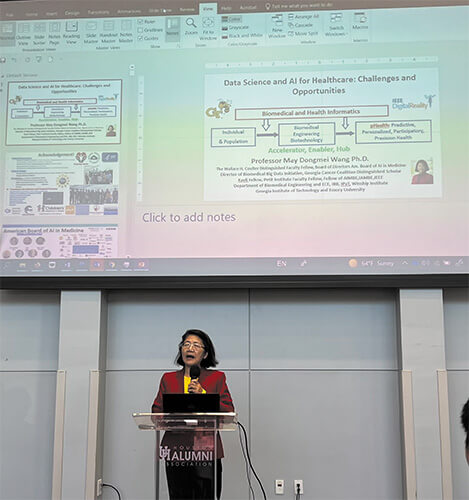
Figure 2. BME Day keynote speaker, Dr. May Wang. (Photo courtesy of Yasemin M. Akay.)
The second keynote presentation, “Planting Seeds and Building Bridges, a Path to Innovation and Entrepreneurship” by Dr. Glauco Souza, aimed to influence and inspire the future of innovations and entrepreneurship in health care. Drawing from his extensive career in the life sciences, Dr. Souza demonstrated the importance of collaboration, interdisciplinary thinking, and building relationships through sports, e.g., water polo. His unique background as the director of Global Business Development and Innovation at Greiner Bio-One, a former adjunct assistant professor, and a pioneer in magnetic 3D cell culture and bioprinting technologies gave the students a unique insight into the practical aspects of research, innovation, and entrepreneurship. By emphasizing the importance of networking and leveraging science and sports as a platform for connection, Dr. Souza’s presentation should inspire students to forge their paths, fostering innovative collaborations between disciplines and across borders.
Moreover, Dr. Souza’s pioneering work in 3D cell culture and bioprinting technologies is meaningfully contributing to the progress of health care by enabling novel approaches to drug discovery, tissue engineering, and personalized medicine. His success in pursuing funding from a variety of sources, including the National Science Foundation (NSF), National Institutes of Health (NIH), Department of Defense (DOD), Center for the Advancement of Science in Space (CASIS), and Texas ETF, exemplifies the importance of persistence, tenacity, and adaptability to overcome challenges. By sharing his experience and insights with the next generation of biomedical engineers, Dr. Souza is planting seeds of curiosity, creativity, serendipity, and determination in the minds of these future leaders. As a result, his presentation should empower students to pursue groundbreaking research and build bridges between disciplines, industries, and cultures to improve global health outcomes (Figure 3).
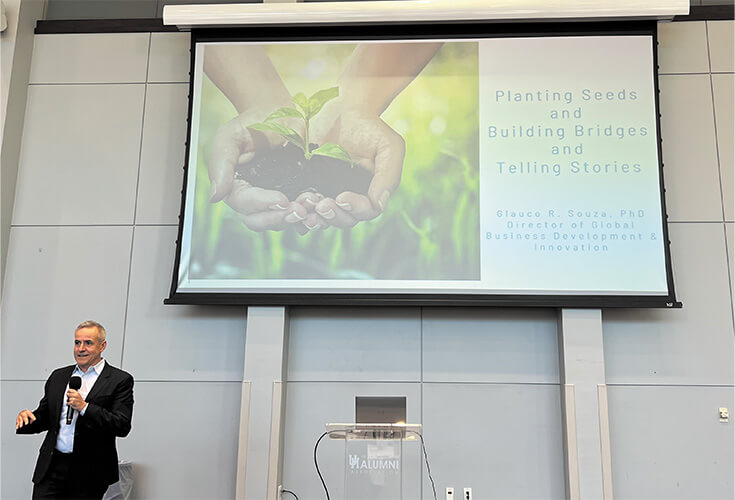
Figure 3. BME Day keynote speaker, Dr. Glauco Souza. (Photo courtesy of Yasemin M. Akay.)
The last keynote, given by Dr. Paolo Bonato, a professor at Harvard Medical School, reviewed recent advances in the application of digital health technologies to the field of tele-rehabilitation. Dr. Bonato showed how relying on digital health technologies and on machine learning algorithms, researchers have developed approaches suitable to derive accurate estimates of clinical scores via the analysis of data collected during the performance of activities of daily living. Examples provided during the lecture included techniques to assess motor impairments and functional limitations from sensor and video data. Dr. Bonato discussed how digital technologies can be used to collect data to generate feedback during the performance of rehabilitation exercises outside of the clinic. Finally, he discussed how these technologies can transform the way rehabilitation interventions are designed and implemented as they enable tracking individual responses to clinical interventions.
Key technologies discussed during Dr. Bonato’s lecture included wearable sensor technology, low-cost camera-based systems for video tracking (e.g., Intel RealSense), mobile technology used to enable tele-rehabilitation interventions, machine learning techniques for the analysis of sensor data, deep learning techniques used for motion tracking, and the use of techniques for weakly labeled datasets to generate large training sets with the ultimate goal of deriving clinically relevant information from sensor and video data (Figure 4).
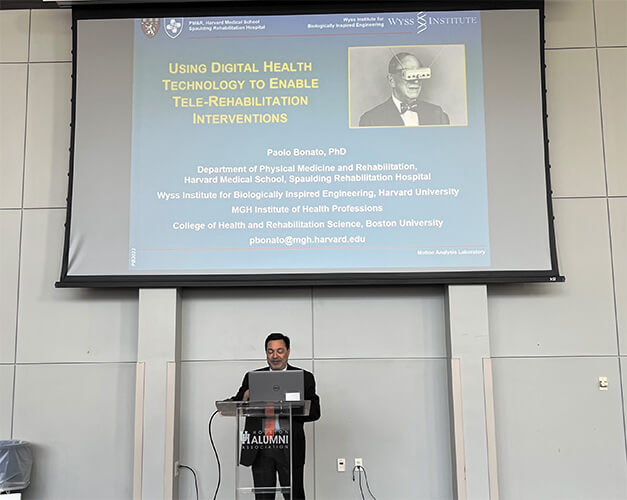
Figure 4. BME Day keynote speaker, Dr. Paolo Bonato. (Photo courtesy of Yasemin M. Akay.)
Chad Andresen and Ann Tanabe facilitated a thought-provoking discussion between the keynote speakers and the students, bringing together diverse perspectives on career and personal growth. Dr. Wang’s encouragement on diversity and women-power resonated deeply with the students, who were inspired to strive for equality and inclusivity in their future endeavors. Dr. Bonato, on the other hand, challenged the students to reflect on the intricacies of finding joy and passion in their work. He emphasized that a perfect job is like a hobby—something you would do even if you weren’t getting paid for it. This message struck a chord with the students, who were reminded of the importance of pursuing a career that aligns with their interests and values. Dr. Souza’s practical advice on navigating the industry and academia divide added another layer of depth to the discussion. He encouraged the students to explore both options and make informed decisions based on their career goals and personal preferences. Overall, the discussion was a valuable opportunity for the students to engage with accomplished professionals and gain insights into the complex and dynamic world of work (Figure 5).
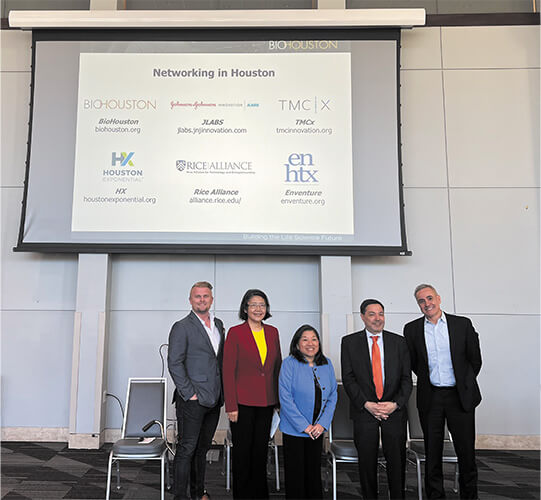
Figure 5. Chad Andresen, May Wang, Ann Tanebe, Paolo Bonato, and Glauco Souza participated in a panel. (Photo courtesy of Yasemin M. Akay.)
In conclusion, the 10th BME Day featured insightful talks from experts in the field, discussing topics such as digital health, data science, precision medicine, AI, tele-rehabilitation, and magnetic 3D cell culture. The speakers emphasized the importance of storytelling, building bridges in the scientific community, and using AI to improve health care outcomes.

Figure 6. Capstone students with Industrial Advisory Board members. (Photo courtesy of Yasemin M. Akay.)
The event concluded with a few kind words and thanks from Dr. Akay to the distinguished speakers, the BME faculty, and the graduating seniors. The final session of the day was a poster session on capstone design projects by our exceptional senior students (Figure 6). Finally, Dr. Akay expressed his appreciation to the organizing committee members for a successful event (Figure 7).
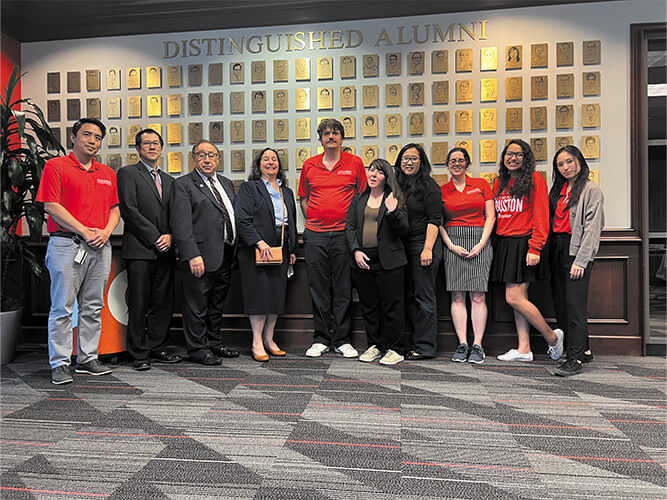
Figure 7. Dr. Metin and Dr. Yasemin Akay are with the BME Day organizing committee members. (Photo courtesy of Yasemin M. Akay.)



